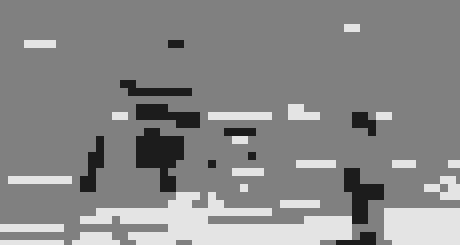Guide
English /french Guide Driver local Guide in imperial cities
Flights
Meals
All Dinners and breakfasts as mentionend
Accommodation
• Authentic Quality Riads/Hotel • Berber luxury Tents in the Desert
Transport
Air-conditional Car /minivan
Start planning your experience
Itinerary of your trip Grand Morocco Tours From Casablanca, Luxury Camp – 20 Days
- Day 1 Day 1: Casablanca – Rabat
Day 1: Casablanca – Rabat
- Day 2 Day 2: Rabat – Alisah
Day 2: Rabat – Alisah
- Day 3 Day 3: Asilah, Tangier, Tetouan – Chefchaouen
Day 3: Asilah, Tangier, Tetouan – Chefchaouen

Experience Style
Mixed
There will be challenging activities such as hiking, biking, canyoning and trekking, but you’re also going to have other means of transportation and relaxed moments to just chill.

Accomodation level
Medium
This accommodation includes essential services like a hot shower, electricity, and a nice and comfy bed.

Experience Type
Personal
You’ll be just with your guide or pilot. Examples of these activities are paragliding, sky diving, personal mountain climbing, etc.

Physical Rating
Basic
Almost everyone is fit for these activities. Every hike or physical exercise last less than 30 minutes, such as paragliding and horseback riding. Please ask about specific conditions.

Age range
Min: 2 / Max: 80
Select a country to define if the visa is required
Who talk about us:
Best cities to travel to
America
Europe
Travel to Amsterdam
Travel to Amsterdam
Travel to Paris
Travel to Madrid
Travel to Budapest
Travel to Amsterdam
Travel to Barcelona
Travel to Amsterdam
Travel to Vienna
Travel to Amsterdam
Travel to Berlin
Travel to Copenhagen
Travel to Amsterdam
Travel to Amsterdam
Travel to Amsterdam
Travel to Munich
